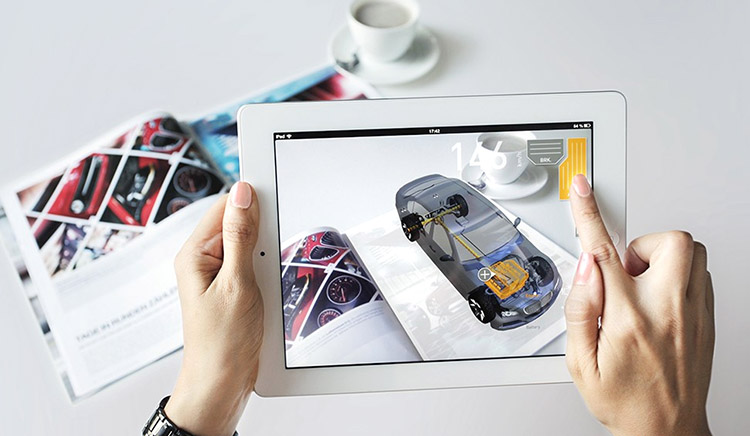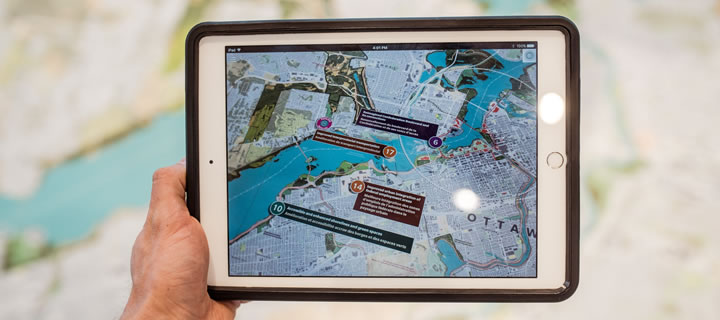Augmented reality offers a unique visual experience by integrating digital information into our living reality. The benefits that augmented reality has brought have seen it integrated into all sorts of fields, from education, to commerce, even medicine. Here are the top technology trends in 2023 when it comes to AR!
But, first, it's important to differentiate between augmented reality and virtual reality (VR) from the outset - AR brings various digital information into the real world that you can interact with, making your life easier, while VR completely transposes you into a virtual world and is more of a source of entertainment.
AR in education - faster and more effective learning
The use of augmented reality in education will help students to be more interested in the subject matter, to be motivated and actively participate in class. This trend has been driven by the COVID-19 pandemic, when many courses were moved online and teachers had to find all sorts of interactive tools to keep students' attention and help them assimilate the material much better.

There are AR applications that make chemistry, a rather complex and difficult subject for many students to digest, fun - for example, students can observe how chemical elements interact and the reaction generated by two chemicals. Check MoIAR, an app where you place a molecule or a protein in a real-world surrounding.
Other apps allow students to observe in 3D, right in the classroom, how a volcano forms, how a storm starts or human DNA. The biggest advantage of using augmented reality in education is that students retain concepts faster and more effectively because they learn them through a complex and unforgettable visual representation. In this video you can see how augmented reality is used in education.
AR in commerce - "Try before you buy"
One of the AR technological trends gaining momentum lately is live-stream shopping and virtual fitting rooms. Augmented reality adds significantly to the experience shoppers have with online stores. Retailers can implement virtual fitting room solutions ('try before you buy') where shoppers can see if a particular pair of shoes, item of clothing or accessory suits them.
There are furniture stores (such as IKEA - read more about the Ikea AR app here) that have integrated augmented reality, allowing you to see in real time what a particular sofa would look like in your living room or whether the bed you have your eye on matches your bedroom. A clever and useful solution especially for people who don't have time to go to the shops to choose certain pieces of furniture.

AR in marketing - interactive experiences for target audiences
With an AR app, any business card can come to life, any brochure can interact in real time with the potential customer and any instruction manual can accurately guide the user. Information reaches the end customer much better and significantly improves their experience. A traditional brochure, printed on a sheet of paper, can be easily overlooked, but a brochure that interacts with the customer through augmented reality is sure to attract attention.
See for example the AR app by StudHub for the US SuperBowl 52, containing a virtual 3D model of the stadium, garages and concession stands.

AR in medicine - improving the quality of healthcare
Augmented reality is also set to revolutionize the field of medicine, ensuring a much higher quality of service. A specific example of this is the use of a wearable scanner that helps nurses find patients' veins much more easily. AR applications could also be used in operating theatres, helping surgeons to be more accurate and efficient. Experts say such apps could help save lives in more patients.

AR in the automotive industry - interactive experience for drivers
Another growing trend is the integration of AR technologies into the automotive industry. There are already several major car manufacturers (BMW, Jaguar, Mazda) that have used augmented reality for production cars. Through an AR navigation screen, drivers can get directions or hazards on the road, see the names of streets they pass or addresses of buildings on the road.
Check for example BMW unveiling its Vision DEE with augmented reality mode at CES 2023.









